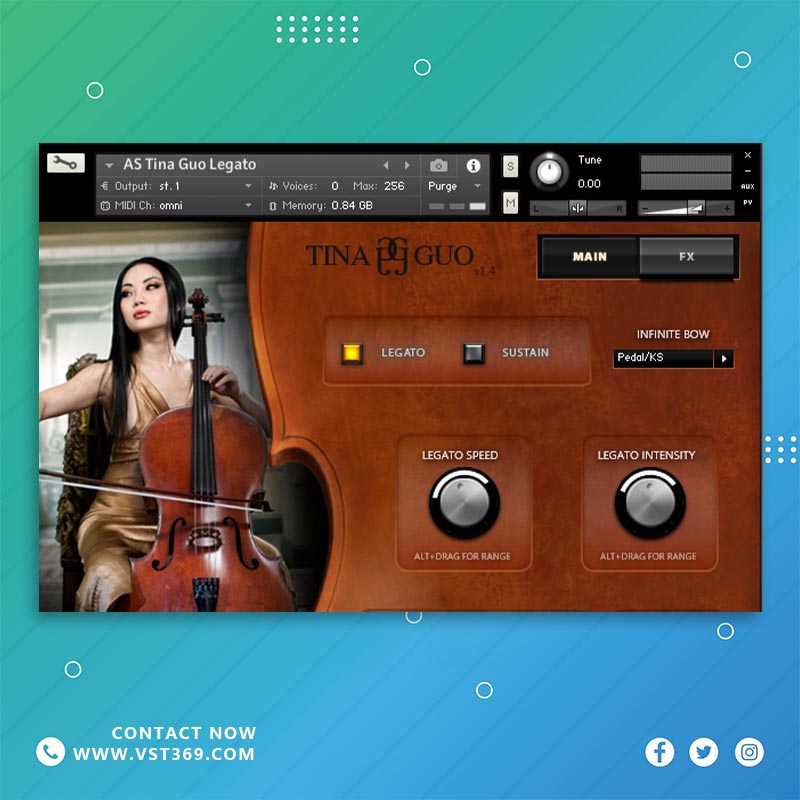Kalimba 是古代非洲 Mbira 的现代化版本,通常也被称为拇指钢琴。它有一种谦逊、悠扬的打击乐弹拨声,具有马林巴琴般的温暖和音调的身体。它通常与钢琴和其他调音打击乐器一起使用,以增加声音的尖锐和俏皮感。我们的乐器是用木头和椰子壳制成的,在音孔上悬挂着锤打过的钢尖。我们的两个乐器中较小的一个音符跨越了一个半八度,而较大的卡林巴则跨越了两个八度。我们在 3 种不同的环境中录制了 kalimbas:在我们的工作室中关闭和干燥;在一个明亮的小房间中距离;在一个大而长的线性大厅中,麦克风距离近(1 米)和远(15 米)。我们称我们长长的大厅为“掩体”,因为这正是它的真实面目——第一次世界大战时期的地下深处的炮兵掩体。它是我们最喜欢的秘密地点之一,用于 Rust 2 库的某些部分和我们收藏中的其他几种乐器。干式录音是在 2 英寸外非常干燥的空间中使用一对立体声大振膜电容器完成的。你会听到一点木头的磨损和吱吱声。我们认为这些元素有助于赋予乐器更逼真的声音和感觉。
The Kalimba is a modernized version of the ancient African Mbira, also often called a thumb piano. It has a humble, melodious percussive plucking sound with a marimba-like warmth and tonal body. It is often used in conjunction with pianos and other tuned percussion instruments to add a sharper attack and playfulness to the sound. Our instruments were made of wood and coconut shell, with hammered steel tines suspended over their sound holes. The notes span about an octave and a half for the smaller of our two instruments and over two octaves for the larger kalimba. We recorded kalimbas in 3 different environments: Close and Dry in our studio; at medium distance in a small bright chamber; and in a large, long linear hall, at both close (1 meter) and far (15 meters) microphone distances. We call our long hall “The Bunker”, because that’s exactly what it really is – a deep underground World War 1-era artillery bunker. It’s one of our favorite secret locations, used for some parts of the Rust 2 library and several other instruments in our collection. The dry recording was done with a stereo pair of large-diaphragm condensers at 2 inches away in a very dry space. You’ll hear a little bit of wood scuffing and creaking. We think those elements help to give the instruments a truer life-like sound and feel.




